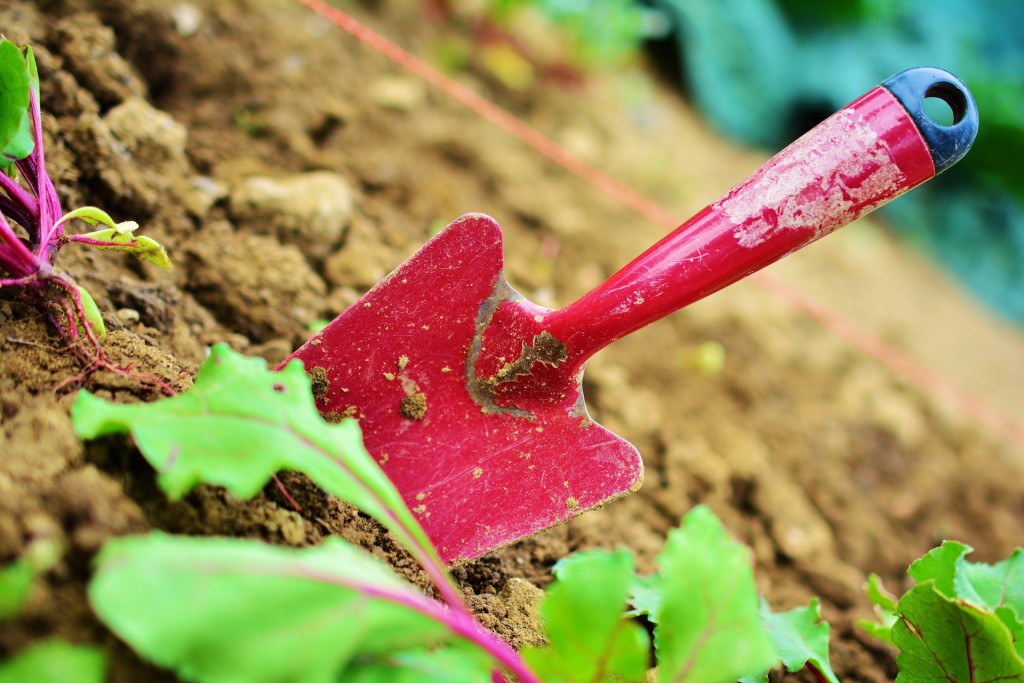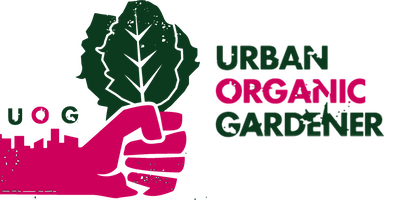 “People garden with different objectives in mind. Some are seeking a serene oasis, a time they can spend alone in nature, even if it is just a tiny plot on their urban lot. Many do not know of the serenity gardening brings until they have one. Some simply want an ornamental garden, pretty landscaping to admire. Some people just want tomatoes and basil for spaghetti sauce.”
“People garden with different objectives in mind. Some are seeking a serene oasis, a time they can spend alone in nature, even if it is just a tiny plot on their urban lot. Many do not know of the serenity gardening brings until they have one. Some simply want an ornamental garden, pretty landscaping to admire. Some people just want tomatoes and basil for spaghetti sauce.”
Whatever your desired results from gardening are, here JenReviews shares a wealth of knowledge when it comes to starting a vegetable garden of your own!
Table of Contents
- Garden with Nature
The first rule is to garden with nature, not against it. What type of soil do you have? Is it sandy or is it clay or is it a mix? What is the acidic level? How long is your growing season? How hot does it get? How cold does it get? How much rain do you get?
- Follow the Sun
Go out to your proposed site and take a look at where the sun is in the morning, in the afternoon and in the evening. Bear in mind that if it is winter, the arc of the sun is going to be a bit different than in the summer.
- Don’t Try to Keep Out what you Can’t Keep Out
There are gadgets and gizmos and wives tales of many a fix to deter animals, but save your money and just nod kindly at the neighbor telling his tall tales. The scarecrow with the banging pans, the sensor flood lights, the hose blasting shots of cold water, the fox urine, the Irish Spring soap, the locks of cut hair… these things may cause a deer or groundhog to hesitate once, but the second time they will simply ignore it.
- It’s All in the Soil
By-products from growing roots and plant debris feed soil organisms. Soil organisms help plants by decomposing organic matter, cycling nutrients to make them more available to the plant, enhancing soil structure and porosity and controlling the populations of soil organisms, including crop pests. Healthy soil means healthy plants. - Organizing the Garden
I would recommend a garden no larger than 25 x 30 feet to begin.
- Buying Seeds, Starters, Bulbs and Seedlings
- Companion Planting
It is based upon observations of plants that grow better together, due to the nutrients their root systems exchange and because the pests they naturally attract are pests that control the population of pests of their companion.
- Supplies
Take good care of your tools and make sure they are always clean. Be sensitive to what you are doing. If you cut off a diseased leaf, clean the shears with soap before you use them on another plant or you are likely to spread the disease. Keep them sharp so that your cuts are clean, not sloppy and tearing, thus weakening the plant.




















